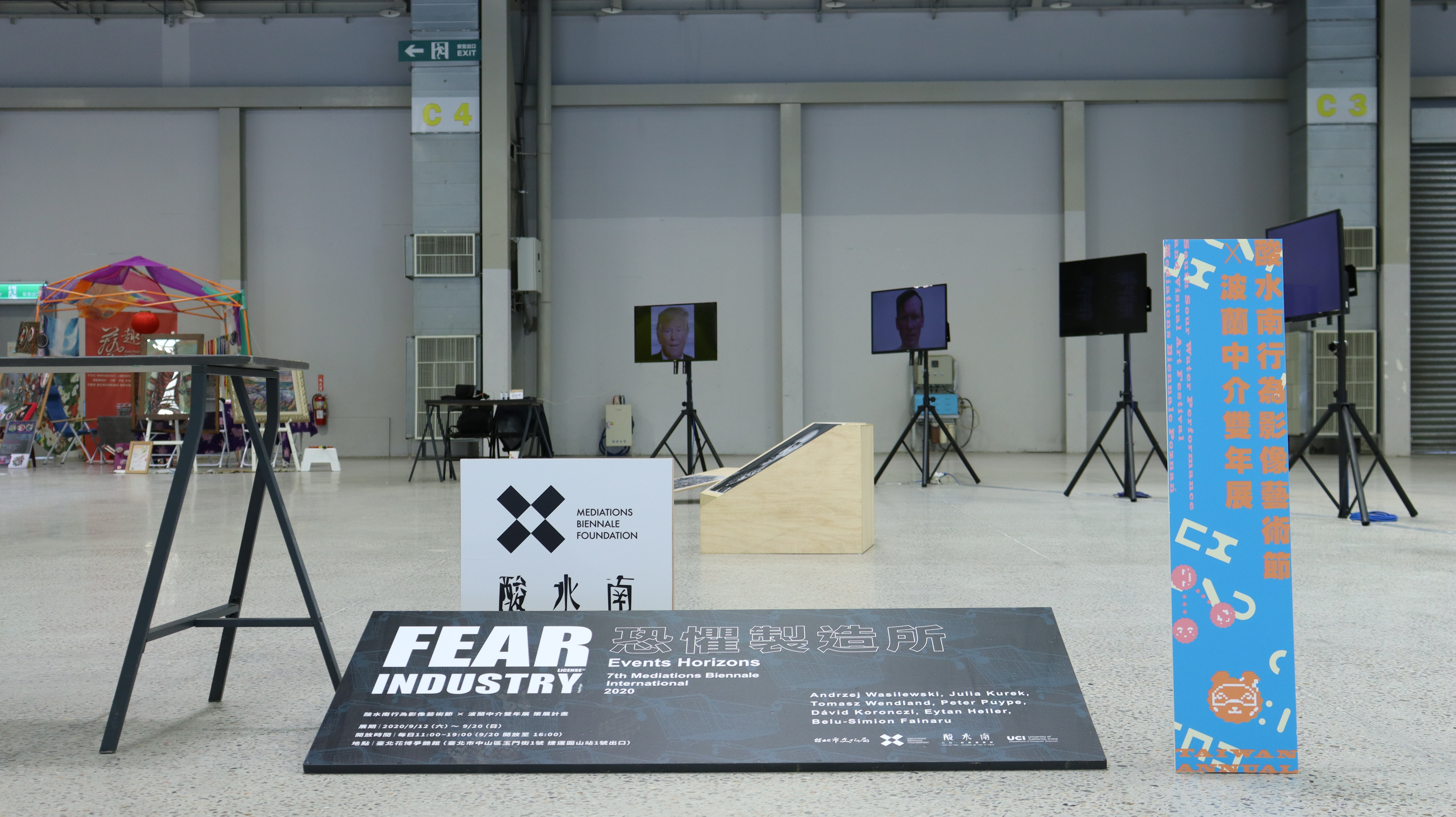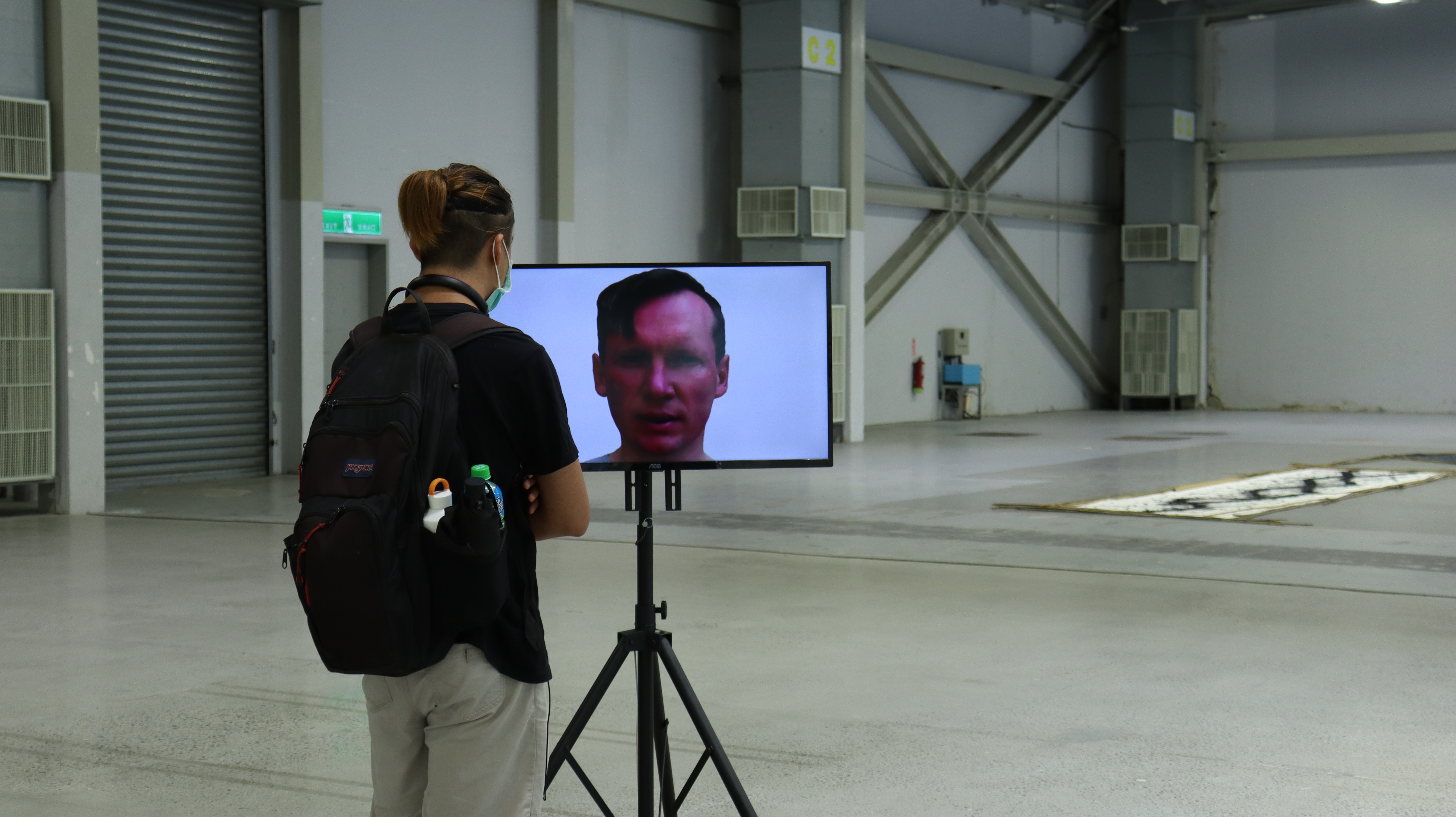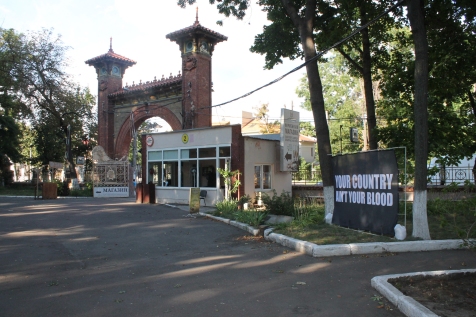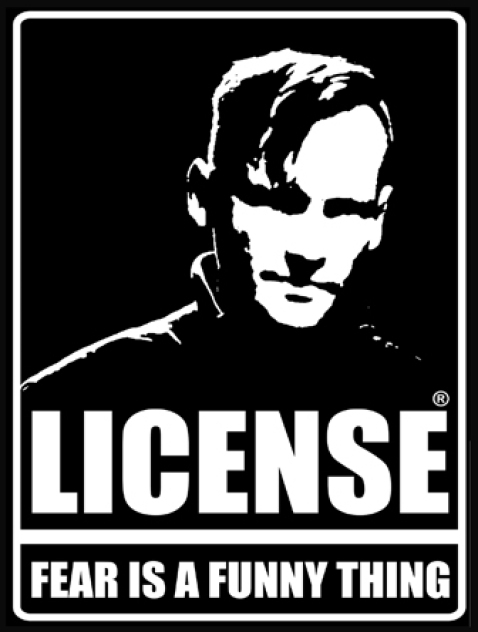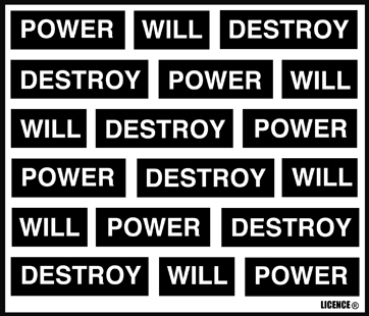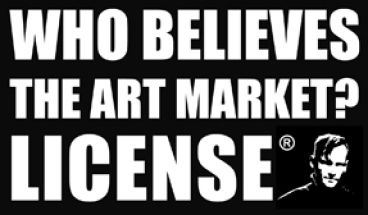September 9 – October 9 : Spazio Thetis – Arsenale – Venice.
Pavilion 0 / GAD – https://pavilion0.net/
Extinction Of A Culture: 40 android heads placed on ‘shelves’. Wooden construction if it is a ‘stand’. Meanwhile, you
hear the voices of a woman with Russian roots and a Ukrainian man pronounce the names of Russian artists (architects, composers, writers, filmmakers, etc.). These names are first pronounced very disciplined, each in turn they repeat a name. The mood changes as the video/performance progresses. The names are no longer repeated repetitively, they become faster and grittier. The question ‘what is a Russian artist’ is addressed in the work. The Soviets claimed all artists born on their territory as “Russian”. When we look at the list of selected artists, we come to the conclusion that it is not so easy to find their true identity.
Malevich, for example, was born in Kiev, had Russian roots, but there was also Polish-Jewish blood running through his veins. The name Eisenstein, filmmaker, sounds rather German, he was born in Riga.
About the title: According to the West, Russia is signing its own death sentence by starting this war in Ukraine. Putin is said to be wiping out his own culture: ‘The Extinction Of A Culture’. The question is, of course, can you just erase a centuries-old culture? There is a great confusion between culture and tradition: Culture can be defined as ideas, customs and social behavior of a particular people or society. Traditions can be defined ideas, beliefs that are passed down from one generation to another generation. Culture can be seen in a social group, while tradition can be reduced to a small group of people, for example a family. Culture is created by a particular social group of people, over a period of time. Traditions can be created by individuals.
The war in Ukraine is the result of the last example: the end of the Soviet Union. After the fall of the Berlin Wall, the USSR split into several countries. Control was no longer centralized and directed from Moscow. The West had won the Cold War. The Russians had to watch it with sorrow. Ex-Warsaw Pact countries were quickly annexed to NATO and the EU. This was a thorn in the side for the ex-KGB top of Russia.
The West promised Russia not to annex more countries. Yet they forgot about the fact that Ukraine, and other ex-Soviet countries, were actually tired of the way of life forced out of Moscow. The Ukrainians had seen their neighbor countries, including Poland with whom they have a brotherly bond, making progress with help from the EU. The economic situation did not improve, they were tired of living in poverty and therefore wanted to join the EU.
That was not at all to Putin’s liking. He considered this a threat to the sovereignty of Russia. Russia has lived under a tradition of oppression since Stalin. In fact, this has nothing to do with the cultural identity of the country and the people. If we consider what a rich history Russia has in the field of art and culture, we can only conclude that this is an enormous patrimony. However fierce and brutal the dictatorial oppression was, somehow artists and intellectuals still managed to bring art and culture. They risk their lives for it.

